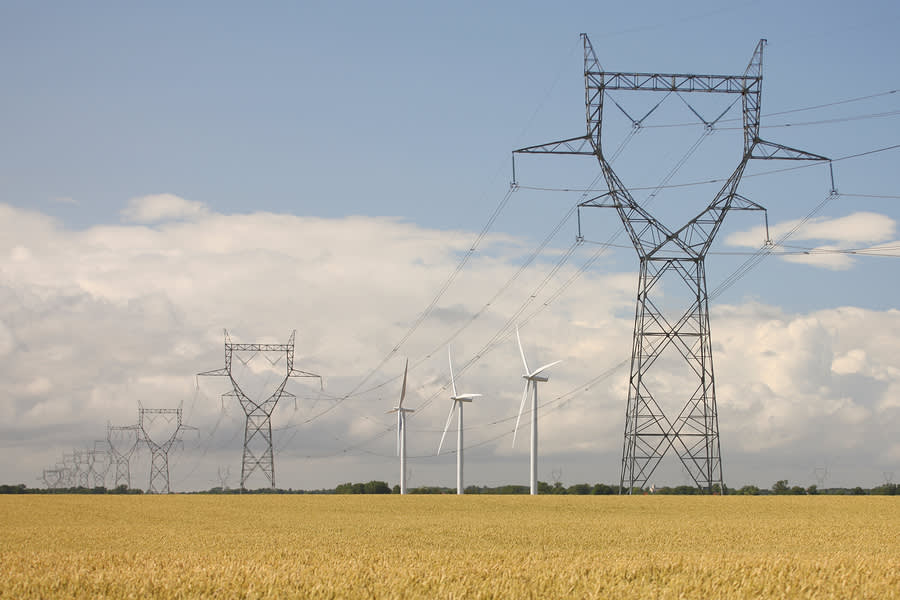The UK’s 25 year environmental plan – where are we headed?
30th January 2018
The UK government has announced a new, 25-year plan for environmental protection and improvement.

Launched in early 2018, the plan is a comprehensive commitment to improving the UK’s environmental responsibility. Highlights include the creation of a new forest, a crackdown on single-use plastics and a new approach to managing ecological assets.
One of the key sections of the plan is the government’s reasserted commitment to remove coal from UK electricity generation by 2025, giving renewable energy and low-carbon generation a chance to fill the generation gap.
The plan is ambitious, but it is underpinned by several other successful environmental targets achieved and policies enacted by previous governments. These include a 42% reduction in greenhouse gas emissions, and quadrupling levels of household recycling since 2000.
The plan, which is comprised of six policies, sits alongside the UK’s Clean Growth strategy, and is informed by the Natural Capital Committee, chaired by Professor Dieter Helm.
Professor Helm is an economist with research interests in energy, utilities and the environment, and as such is well placed to offer advice to the government across these topics.
The environmental plan aims to achieve six key policies over its 25-year duration:
- Clean air
- Clean and plentiful water
- Thriving plants and wildlife
- A reduced risk of harm from environmental hazards
- Using natural resources more sustainably and efficiently
- Enhancing beauty, heritage and engagement with the natural environment
There are also some additional commitments to managing environmental threats by mitigating and adapting to climate change, minimising waste, managing exposure to chemicals and enhancing biosecurity.
Clean air and a reduced risk from environmental hazards go hand-in-hand with reducing climate change, and thanks to the UK’s positive approach to renewable energy, much progress has been in the last number of years in shifting away from polluting forms of electricity generation.
Figures from Drax’s Electric Insights show that the UK has made big strides, particularly as the last few years have seen coal stations retired or otherwise taken offline, with low-carbon gas and renewable wind helping to fill the gap.
This continual decarbonisation process is ensuring cleaner air. Similarly, transport in the UK – responsible for some 40% of the UK’s final energy use – is undergoing a dramatic shift, with electric vehicles becoming cleaner and more popular.
In the environmental plan, there is a commitment to improve transport and mobility while also reducing its environmental impact.
The timing of the environmental plan announcement couldn’t have been better, announced shortly after news of the UK renewable energy’s annus mirabilis – setting 12 new renewable energy generation records throughout 2017 and the first quarter of 2017 being especially good for wind, biomass and solar power.
You can read the full report, entitled A Green Future: Our 25 Year Plan to Improve the Environment, by clicking here.